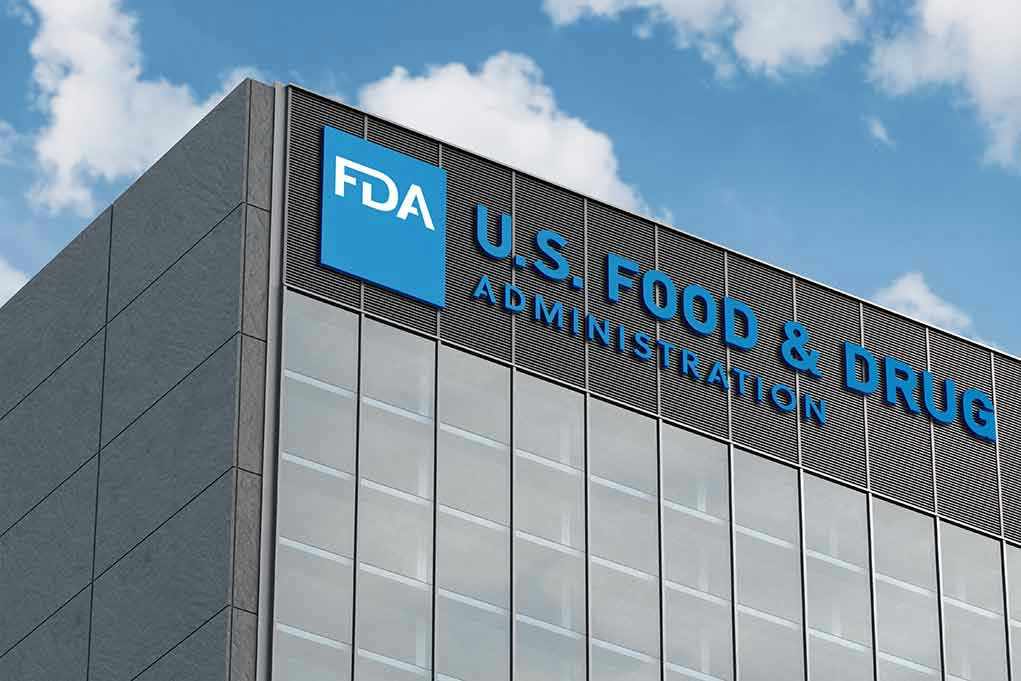
The federal government’s aggressive campaign to phase out petroleum-based synthetic food dyes by 2026 is forcing America’s largest food companies to publicly prove their compliance—fueling debate over regulatory overreach, industry transparency, and the true impact on families.
Story Snapshot
- The FDA and HHS mandate the nationwide removal of six major synthetic food dyes by the end of 2026, compelling industry-wide reformulation.
- A new “Natural Dye Pledge” tracker website holds brands publicly accountable, allowing Americans to see which companies are meeting the deadline.
- Experts cite health risks of synthetic dyes, especially for children, but some industry voices warn of increased costs and product changes.
- This sweeping regulatory push aligns with the Trump administration’s “Make America Healthy Again” agenda—and raises questions about government intervention in the marketplace.
Federal Mandate Spurs Industry-Wide Overhaul
The Food and Drug Administration and Department of Health and Human Services have ordered the removal of six widely used petroleum-based synthetic food dyes—FD&C Green No. 3, Red No. 40, Yellow No. 5, Yellow No. 6, Blue No. 1, and Blue No. 2—from every food product sold in the United States by the end of 2026. This is the first coordinated federal effort to eliminate these additives nationwide, impacting virtually every major food manufacturer and retailer, including Mars, Nestlé, PepsiCo, Hershey, Kraft Heinz, and In-N-Out Burger. The policy responds directly to years of mounting scientific evidence linking synthetic dyes to neurobehavioral and other health risks, especially in children, and comes after similar bans in Europe and Canada. Companies now face a clear deadline and the prospect of public scrutiny via the FDA’s new “Natural Dye Pledge” tracker, which allows consumers to monitor each brand’s progress and pledges in real time.
Industry leaders have expressed both support and concern in response to the mandate. Many brands acknowledge growing consumer demand for “cleaner labels” and safer ingredients, and several have already begun reformulating their products with natural alternatives like calcium phosphate, gardenia blue, and butterfly pea flower extract. At the same time, food companies warn that the transition could increase costs, disrupt supply chains, and temporarily change the appearance or taste of products familiar to American families. Some products could disappear from shelves as companies race to comply, and manufacturers must balance speed with ensuring new ingredients are safe and effective. These dynamics highlight the tension between regulatory action for public health and the economic realities faced by American businesses.
Transparency and Accountability: The Role of the “Natural Dye Pledge”
This sweeping initiative includes a prominent public-facing component: the “Natural Dye Pledge” website, which tracks company commitments and progress for all to see. For the first time, Americans can independently verify whether their favorite brands are following through on reformulation promises. This transparency is intended to restore consumer trust in a food industry long criticized for secretive ingredient lists and slow responses to health concerns. The Trump administration frames the effort as an “America First” measure, aligning with the “Make America Healthy Again” agenda to put family health and product safety at the center of regulatory policy. However, the move also raises concerns among some conservatives about the proper limits of government power—forcing private companies to overhaul products in the name of public health, and potentially burdening businesses with new costs and bureaucracy.
Key health experts and public health groups argue the science justifies the policy, citing studies associating synthetic dyes with behavioral issues and carcinogenicity, particularly in children. By fast-tracking approval for four new natural color additives and collaborating with the National Institutes of Health for ongoing safety research, federal agencies aim to mitigate risks and support industry compliance. Meanwhile, 67% of Americans now believe artificial food dyes are unsafe, according to a recent Ipsos poll, reflecting shifting social attitudes and greater scrutiny of food safety in the wake of rising childhood obesity, diabetes, and behavioral disorders.
Impact on American Families and Conservative Concerns
While the policy is framed as a win for family health, it comes with potential costs and trade-offs that will resonate with conservative readers. Reformulation may drive up grocery prices at a time when Americans are still recovering from years of inflation and economic uncertainty. Product shortages or noticeable changes in beloved foods could frustrate families, and there are questions about whether natural alternatives will truly prove safer or more effective. More broadly, the government’s active role in dictating product ingredients—however well-intentioned—raises enduring questions about overreach, individual liberty, and the proper boundaries of federal power. The administration’s focus on public transparency may restore some faith in food safety, but it also sets a precedent for direct intervention in the marketplace that some may find troubling.
EXCLUSIVE: Americans Can Now See If Companies Are Actually Making Good On Food Dye Pledge https://t.co/dCzNIr0Sxq
— Daily Caller (@DailyCaller) August 18, 2025
Ultimately, the FDA and HHS phase-out of petroleum-based synthetic food dyes marks a landmark shift in American food policy, wrapping health, transparency, and regulation into a high-stakes national effort. For those concerned about government overreach, economic consequences, or the balance between safety and freedom, the unfolding transition will be one to watch closely as the 2026 deadline approaches. Limited data is available on the long-term effects of natural dye alternatives, underscoring the need for continued scrutiny and open debate as America’s food landscape changes.
Sources:
HHS, FDA Offer Timeline for Phasing Out Petroleum-Based Food Dyes
FDA Announces Plan to Phase Out Synthetic Dyes
HHS, FDA Phase Out Petroleum-Based Synthetic Dyes from Nation’s Food Supply
FDA announces food dye ban; Robert F. Kennedy Jr. among those praising move












